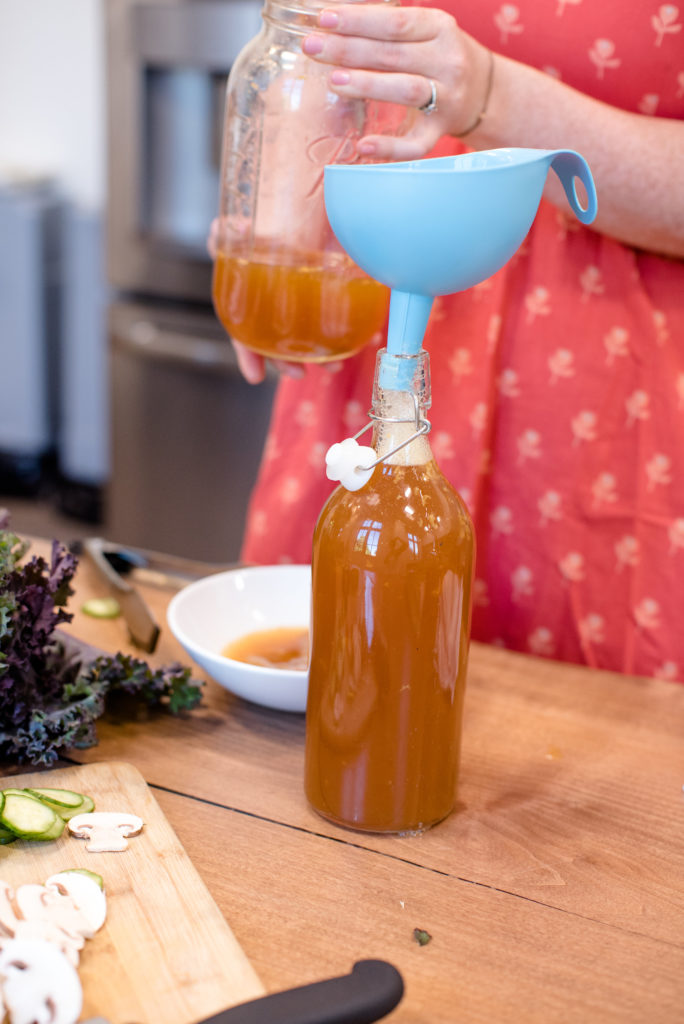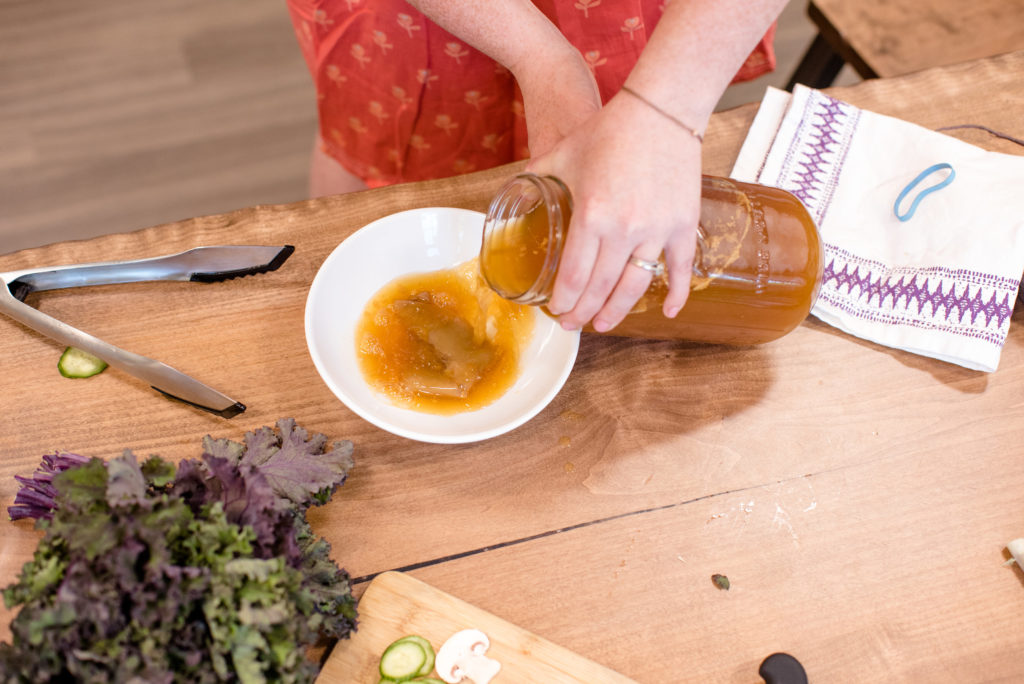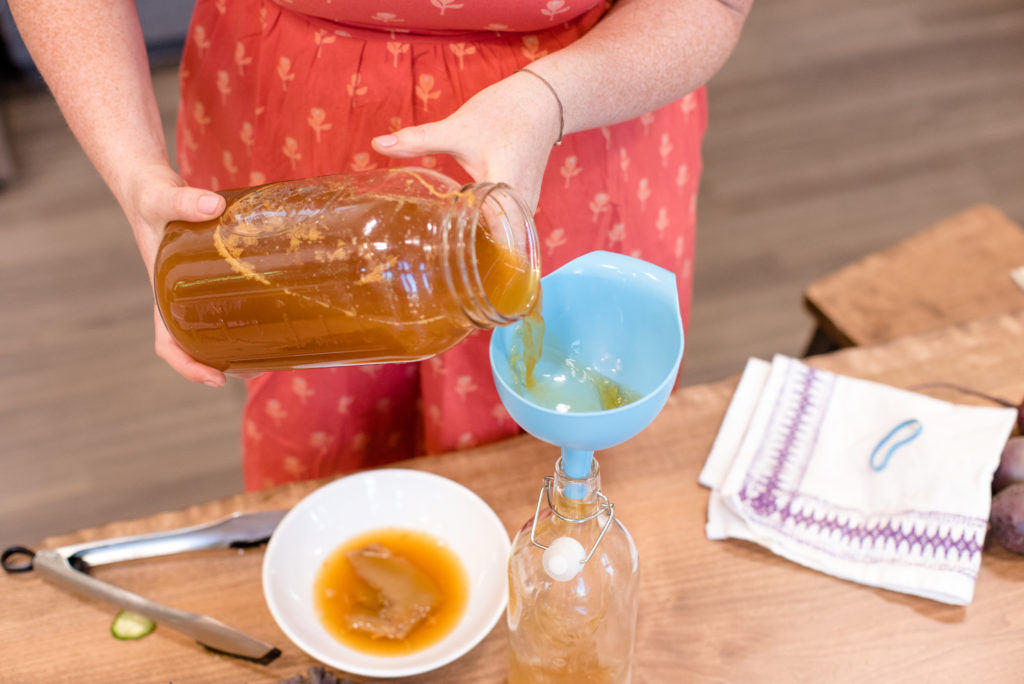Programs
Blog
About
PRegnant
LifeStyle
Postpartum
EXPECTING A BABY IN THE NEXT FEW MONTHS?
DOWNLOAD MY FREE POSTPARTUM ESSENTIALS CHECKLIST
Hi, I'm Liz!
I'm a chocolate-loving nutritionist,
pre & postnatal coach, doula and let's face it- total birth nerd 🤓.
I'm here to help you cut through mommy-marketing and pinterest perfection to confidently cultivate a pregnancy and postpartum experience you totally love.
Let's Connect
RECIPES
BREAKfast
beverages
main dish
dips & Dressings
salads & Sides
snacks
soups
treats
instant pot
one dish meals
quick meals
Pregnancy
Birth Planning
FIrst Trimester
Second Trimester
THird Trimester
Postpartum
Postpartum Planning
FOurth Trimester
REcovery
wellbeing
Fitness
Pregnancy Loss
Understanding Loss
Recovery After Loss
Friends & Family SUpport
PArent Life
Pregnant?
Check out the
5 core exercises you need to know!
Take the stress off your plate! Download
Meals Made Simple!
i need this!
Yes Please!
shop SAfer at beautycounter
Get the BEst Non-toxic Deodorant!
FItness
Nutrition
Nutrition
Grief & wellbeing
Pregnancy After Loss
Understanding Loss
Recovery After Loss
Friends & Family SUpport
Grief & wellbeing
Pregnancy After Loss
Understanding Loss
Recovery After Loss
infant & Toddler Feeding
Grief & wellbeing
Pregnancy After Loss
Newborn Care
Family Dynamics
PArent Relationships
lactation
Pregnancy After Loss
How to Make Home Brew Kombucha
Do you home brew? I know everyone is on a sourdough kick around here, but I’m rekindling my love of a different fermentation: kombucha! Brewing homemade kombucha is easier than it seems, saves a boatload of money and is a healthy way to introduce delicious probiotics into your diet. If you’re ready to start brewing at home, here is your easy guide to home brew kombucha.
Kombucha is a fermented, probiotic rich drink made from tea, sugar, and a culture called SCOBY. SCOBY is an acronym for symbiotic colony of bacteria and yeast. This is what makes the fermentation process possible!
Jump to RecipeHealth Benefits of Home Brew Kombucha
- In research published in the Journal of Medicinal Food 2014, researchers from the University of Latvia found that [kombucha] can efficiently act in health preservation and recovery due to four main properties: detoxification, anti-oxidation, energizing potencies, and promotion of boosting immunity.
- One of the biggest benefits of kombucha consumption improved gut health. Kombucha contains probiotics (beneficial gut bacteria), acids, anti-oxidants and enzymes. These crowd out poor quality gut bacteria and ease the digestive processes. This also in turn supports the immune system.
- Antioxidants fight free radicals that emerge from oxidative stress. Free radicals naturally occur in the body and we need them to survive, but with modern life demands and a generally poor quality diet, that balance is out of whack. Antioxidant rich foods like kombucha help restore that balance. 80% of your immune system is in your gut, so supporting this function is super important to maintaining good health.
- Kombucha contains important B vitamins, like B6, and important enzymes shown to improve mood and energy. Enzymes are catalysts that break down proteins in the gut. Proteins broken down into amino acids, which in turn get turned into hormones. Serotonin, our feel good neurotransmitter, is actually produced in the gut. Good digestion improves the efficient production of this hormone. Both of these things also help out our liver, which is one of our main filters for the detoxification processes that occur in the body. Supporting liver health improves skin, mood, weight management and general well-being.
Can I drink Kombucha during pregnancy and while breastfeeding?
Kombucha is considered generally safe to consume during pregnancy. It is a great source of gut-loving probiotics and can support healthy blood sugar regulation. The fermentation process reduces the amount of caffeine left in the drink. Alcohol content, one of the biggest concerns for pregnant and breastfeeding parents, is minimal in home-brewed kombucha.
Home Brew Kombucha
Equipment
- 1/2 gallon tempered glass jar
- Cheesecloth or thin towel
- Flip top bottle (optional)
- Rubberband
Ingredients
- 8 bags organic black or green tea
- 1 cup organic white sugar
- 7 cups water divided
- 1 Kombucha SCOBY
- 1/2 cup starter liquid
Instructions
- Bring 4 cups water to a boil. Pour into glass jar, add sugar and stir to dissolve. Add tea to the sugar solution and let steep for at least ten minutes, or up to an hour.
- Remove tea bags, and let tea cool to room temperature.
- Add remaining water, SCOBY and 1/2 cup of starter liquid to the room temperature sweet tea.
- Cover jar opening with cheesecloth or thin towel and secure with a rubber band. Let ferment at room temperature, out of direct sunlight, for 10-14 days.
- During fermentation you'll notice a new scoby growing. Once fermentation is complete, remove SCOBYs and one cup of brew from the jar and store in glass container.
- Seal newly brewed kombucha with an airtight lid and store on counter for 3-4 days to go through a secondary ferment (ie. get fizzy!).
- Once brew has fermented to your liking, store in fridge for up to 3 months.
Notes




Kombucha Brew FAQ
WHY SO MUCH SUGAR? HOW ABOUT STEVIA?
The SCOBY needs sugar for the fermentation process. Most of the sugar used in brewing is consumed by the SCOBY.
Organic white sugar gives the best taste for the Kombucha and provides the most consistent brew. The yeast easily converts the sugar into ethanol (step 1 of the fermentation process). Then the bacteria convert the ethanol into healthy acids.
Other types of sugar like coconut palm sugar, turbinado or brown sugar have a higher mineral content, which is awesome, but will make your brew sour more quickly. Taste test often and adjust your brew time.
You can also use molasses or REAL maple syrup. These have very bold flavors and are best used in combination with other sugars.
Steer clear of artificial sugars and honey when brewing kombucha. Artificial sweeteners or stevia aren’t fermentable by the SCOBY. You can always add stevia during your secondary ferment if you like a sweeter brew. Honey isn’t ideal with kombucha because of it antibacterial properties. It will make your SCOBY sad. There are other fermented drinks like mead and jun that specifically use honey and the fermenting culture is designed to withstand that.
CAN I USE ANY KIND OF TEA?
No, you must use CAFFEINATED tea. The SCOBY needs that caffeine like a college student during finals week. Black tea has a high caffeine content that provides a really consistent brew. You can also use green tea or white tea. Herbal teas won’t ferment.
Avoid using flavored teas like earl gray or chai for your initial ferment. The oils in these teas may interfere with your SCOBY’s work. If you want chai flavored kombucha, add a chai tea bag during the secondary ferment.
How long does this take?
Kombucha needs to brew for 9-14 days. The actual time will depend on weather conditions, how warm your house is, and how motivated your scoby is. You can leave it for as long as 30 days, but I wouldn’t recommend it. Kombucha brews faster in the summer and much slower in the winter.
You’ll know your brew is done when a new SCOBY has formed or it no longer tastes like sweet tea
If you haven’t noticed a new scoby, or new growth after 10 days or so, look for mold and give the kombucha a taste. Is it super sweet still? It needs more time. Is it starting to get tart? You’re there!
WHAT’S FLOATING IN THERE!? THERE’S A BLOB GROWING ON TOP OF MY TEA!
That’s your new SCOBY. With each batch, as the brew ferments, a new SCOBY is born. You can name it if you like! Gift your SCOBY babes to another home-brew curious friend.
How do I tell if my home brew kombucha has gone bad?
Almost all Kombucha mold is:
- blue or black and fuzzy
- located on top of the culture – not under it nor embedded in a layer
- looks exactly like the type you have seen your whole life
Your scoby may just look funny! To the untrained eye, odd looking formations can seem startling at first, but over time, they become the familiar process of new SCOBY growth. This is why I instruct newbies not to look at or disturb their Kombucha for at least 7 days.
If you do find mold, you need to toss the whole batch, including your SCOBY.
When can I add flavors or make it fizzy?
After your kombucha has gone through the initial ferment, remove the SCOBYs and a cup of liquid from the batch. At this point you can either bottle the kombucha and drink it or allow it to go through a secondary ferment. The secondary ferment is where the kombucha becomes effervescent. Home brew kombucha is rarely as carbonated as soda or some of the more commercial brands you’ll find at the store. And you’ll notice it will vary batch to batch.
Seal jar with airtight lid or transfer to pop top bottles, and allow to sit on counter sealed for 3-4 days. This is your opportunity to add any flavors. Grated ginger, fresh fruit, and herbs are all tasty additions.
Related
April 24, 2020
Liz Winters
The post may contain affiliate links and the site may earn a commission on some products.
Every item on this page is chosen and recommended by the LWW team.
Read more about our Affiliate Disclosure here.
Holiday hits
Don’t miss these!
Want to add a little ease to your routine as a parent?
Get all my favorite tips, tricks and recipes delivered straight to your inbox.
start here
blog
work with liz
programs
non-toxic living
podcast
contact
© 2021 LIZ WINTERS WELLNESS // WEBSITE BY PINEGATE ROAD
Terms & Conditions
start here
blog
work with liz
PROGRAMS
non-toxic living
podcast
contact
© 2021 LIZ WINTERS WELLNESS // WEBSITE BY PINEGATE ROAD
Terms & Conditions
BADASS Birther's Club
Postpartum Recovery After Pregnancy Loss
How to Support Loved Ones After Loss
start here
blog
work with liz
PROGRAMS
non-toxic living
podcast
contact
© 2021 LIZ WINTERS WELLNESS // WEBSITE BY PINEGATE ROAD
Terms & Conditions
Pregnant
Postpartum




